Company: Zomato
Founder & CEO: Steve Easterbrook
Year founded: 2008
Headquarter: Gurgaon, Haryana, India.
Number of Employees (2019): 5000+
Type: Private
Monthly Active Users (2019): 70Million+
Valuation (Oct 2020): $2 Billion
Annual Revenue (FY2020): $394 Million
Loss |Net income (FY12020): -$293 Million
Products & Services: Restaurant Directory | Online food guide | Food delivery
Competitors: Yelp | Zagat | Open Table | Grub Hub | Swiggy | Uber eats | Qraved | Chope | Redfoodie | DoorDash | EatStreet | Restorando | MenuEgypt | Forkly | Delivery Hero
Introduction to Zomato
Zomato has proven to be a phenomenal foodie platform, providing a convenient way to review restaurants, feedbacks, listings in (now) over 24 different countries. The platform is even capable of giving insightful analytics for the restaurant to help route their business to exponential growth.
Zomato is a restaurant-café search and discovery service platform, idealized in 2008 by Deepinder Goyal and Pankaj Chaddah. The brand was originally known as Foodiebay till November 2010.
The platform is ideal for both food lovers and restaurant owners. Users can also view pictures and menus for restaurants that do not have a website of their own.
Any restaurant owner who wishes to list a menu can, regardless if the restaurant has an online presence or not. The platform allows restaurant owners to increase their restaurant business visibility through listing advertisements and special promotional menus through the Zomato platform.
The Zomato platform is designed with smart search engine filters, meaning that it will search for only relevant restaurants as per to the searched relevant keyword.
Zomato acts as the key-bridge to providing relevant information on potential restaurants for users that searches with keywords or keyphrases relevant to the restaurant.
Zomato has grown rapidly from a small food review website to a multinational giant serving over 70 million people every month, both in the food and entertainment business. It is now gearing up for a public listing in the first half of 2021 and focused on raising over $146.5 million in a Series J financing round. In October 2020, it raised close to $52 million from Kora Investments and $5.1 million from Pacific Horizon Investment Trust, which had previously invested $5 million in March 2020. Zomato has already raised over $270 million in 2020 alone from major investors like Tiger Global, Temasek, and Ant Financial. [1]
The following is a compilation of Zomato Business Model Canvas.
Business Model Canvas: Zomato
1. Customer Segments
Zomato has three customer segments:
Users – Zomato platform is explicitly designed for users to find and locate restaurants in a range of various cuisines. Zomato is perfectly geared for customers who prefer home delivery.
Local Businesses – The platform further stands significant for restaurants who want to promote the business or restaurant name to help reach the target audience. Zomato was built on market and trend research. Marriot International is one of the latest global hotel chains to join Zomato’s long list of customers. Zomato will work alongside Marriott on Wheels to enhance its corporate outdoor catering services and home delivery services in partnership with close to 30 hotels across all major cities in India. [2]
Reviewers (content contributors) – these are active reviewers, who add reviews and photos of local restaurants or businesses on Zomato platform.
2. Value Propositions
Zomato is an exceptional platform for diners to review a wide range of different restaurants in their serving area. At the same time, it allows restaurant owners to differentiate themselves in the market place, even if they are the owners of more than one restaurant.
Zomato further serves as a bridge between restaurant owners and hungry customers.
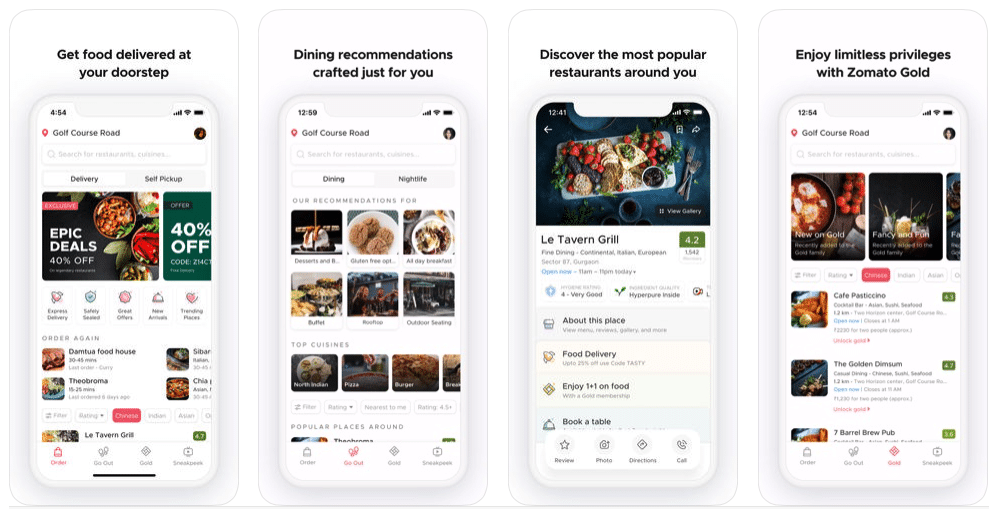
Zomato provides a comprehensive pricing model for the food delivery services, providing insightful details to the overall cost, duration, etc. of the delivery order.
Additionally, Zomato provides membership and loyalty program to build loyal customer base. For example, Zomato Gold membership and Piggy Bank loyalty program ensure that customers get additional value for their money. In 2020, Zomato moved all Gold members to the newly unveiled Zomato Pro. Users on Zomato Pro get a variety of features and upgrades like instant food delivery services and a money-back guarantee from newly registered hotels, bars, and lounges. [3]
3. Key Partners
Uber Taxi
- Zomato has built an alliance with Uber Taxi for users to book a ride to the restaurant that they plan to dine at.
- The clever innovation eliminates users from dealing with two different apps. Especially when customers are trying to review, pick, and find the best place to dine, all in a smooth, simple way.
London & Partners
Zomato has built an alliance with London & Partners to help expand their virtual foodie presence in the European regions. London & Partners were responsible for aiding Zomato with:
- Finding an office location in London.
- Assistance with the staff hiring process
- Insightful advice on salaries
- Management recruitment
- Work placements
- Market research
- Advising on accountants and legal procedures, policy, and compliance.
Other business partners – These are electronic payment companies like Visa, PayPal.
Seasonal partners – Zomato partners with companies from time to time, particularly during the holidays. For instance, Zomato partnered with the Singapore Tourism Board to stage an elaborate digital event called Zomaland in June 2020. The virtual event enables the tourism organization to engage Indian consumers successfully while maintaining social distance. [4]
4. Key Activities
The business model is incomplete without analyzing the key activities of a company. Although Zomato’s primary purpose was to make restaurant hunting exceptionally easy and convenient, it also has various key activities which are listed as follows.
- Manage Network effects: As aforementioned, Zomato provides local restaurant search service to the users, currently operating in 24 countries. It provides details and reviews of restaurants. The information includes data about the food items, contact info, and address of the restaurants.
- Manage and Utilize Advertising: Zomato has an enormous user database which it uses for advertisement. The company makes the most of its solid presence and brand popularity by posting advertisements for various restaurants, generating a considerable amount of revenue.
- Drive Customer Experience Initiatives: Zomato initiates a lot of activities to improve its customer’s experience and keep updating its features as per the trends. In April 2020, it expanded its online food aggregator platform to include contactless dining features that allow diners to scan a QR code on the table to check the menu, then place orders and make payments using the app. The feature reduces interaction and contact between staff and diners when they visit restaurants. [5]
- Enhancing Brand Image: Zomato maintains its brand image by providing a sense of community for foodies and facilitating people the exact information about “What to Eat and Where to Eat.”
- Expand and Diversify their service offer:
-
- Online food delivery and subscription: Zomato was not a delivery service at the beginning, but eventually it launched it’s delivery and subscription feature as well. However, the section does not generate much revenue for the company as it faces fierce competition from Swiggy.
- Consultancy to Restaurant Owners: Zomato has a massive database of users, revealing many significant facts about their behaviors, likes, and dislikes. Zomato offers data consultancy services to many eateries and new restaurants in town.
- Zomato Whitelabel: Zomato also provides service for restaurants to develop their own app through a platform known as plug and play.
5. Key Resources
Zomato has a massive database on restaurants, café, and similar business places across cities in 24 countries. Zomato aims to build new alliances and capture the global market.
-
High-Quality Database – Massive Database of restaurants and businesses
-
Employees – that are working diligently to extend its outreach, apart from the current 24 countries.
-
Zomato Platform
-
A community of content contributors or reviewers
-
Zomato brand reputation
-
Funding Partners – Zomato were able to raise millions through funding channels. Top investors include Ant Financial, Sequoia Capital, Temasek Holdings, Info Edge, and Vy Capital. In the recent past, other investors have joined Zomato, including Asia Growth Fund, Steadview Capital, Luxor Capital Partners, Lugard Road Capital, and ASP India LP. The investors are part of a $525 million financing round, which is estimated to reach around $600 million. Currently, India’s company regulator values Zomato at $3.4 billion. Zomato is also set to raise more capital once it debuts for the 2021 IPO. It seeks to issue 34,873 class J7 CCPS shares to the investors at Rs 300,235 per share to raise Rs 1,047 crore ($141 million). [6]
-
Cloud and Zomato Kitchens – It provides kitchen infrastructure services by partnering with entrepreneurs to set up and operate Zomato Kitchens in selected restaurants under different labels. Entrepreneurs first have to find restaurants in the right location that they wish to fund, and then Zomato invests INR 35 Lakh or more. Zomato has already set up over 180 affiliate kitchens with its partners and eliminated exclusivity for cloud kitchens, which allows its restaurants to list on rival platforms such as Swiggy. [7]
6. Channels
Zomato offers its platform accessible through multiple access points:
-
Application (smartphone or tablet)
-
Zomato Official Website
-
Food Porn (Zomato has also created a site specifically for the food porn industry, providing an exclusive photo of exotic foods from around the world)
7. Customer Relations
-
Convenient Self Servicing: Zomato provides its customers independence to make the right choice, providing all the options and information which leads to comfortable self-servicing.
-
Up to Date Ratings and Reviews: Users enjoy Zomato’s transparency in their ratings and reviews, providing authentic information to users about the quality and service of restaurants. It started testing a new feature in October 2020 that allows consumers to post their reviews of restaurants, photos of their favorite foods, and a short story on the app for their friends and food bloggers to see directly from the app’s feed. [8]
-
Customer Engagement Activities: Zomato initiates customer engaging activities like offering coupons and tickets.
-
Active Communication Channel and Customer Support: Zomato has a reliable customer support service platform and maintains effective communication with its customers.
8. Zomato’s Cost
The total cost of Zomato’s FY18 was $80 M, which has increased to $500 M in FY 19. An immense shift indicating how much the business has expanded.
The annual cost of $ 500M is utilized in the following operations.
- Platform development
Zomato invests graciously on improving its online presence, brand value by enhancing its online portal, customer service, and enhanced marketing operations.
- Branding and advertisement cost
Zomato launches a lot of various marketing campaign top maintain its popularity, which of course requires a great deal of investments. In 2019, it introduced the Zomato Premier League with a diversified kitty of TV ads and offers like predicting the winners in particular matches to get further discounts. ZPL’s gamification and offers appealed to the foodies watching cricket and attracted over 4 million participants within the first three weeks of the IPL in 2019. [9]
- Credit card processing fees
Zomato pays for its credit card transactions operations as well.
- Legal and accounting fees
Zomato pays other legal fines and payments for acquiring different licensees and taxes.
- Office maintenance cost
Zomato operates from 24 countries including Portugal, India, United Arab Emirates, Qatar, Turkey, Indonesia. The company bears office maintenance cost for all of its offices.
- Employee’s salary
Zomato has over 5000 employees overall with different pay scales.
9. Zomato’s Revenue
Zomato’s revenue similarly increased in FY19 compared to FY18. In FY19, Zomato’s revenue is $206 M – a total of three times more than the FY18 (which was $68 M)
How does Zomato make money?
Now let’s see how Zomato makes money based on a few high-level categories:
The delivery service, dine out membership, advertisements, promotional deals, exclusive offers that Zomato offers are the primary revenue generators for Zomato.
Delivery
- The commission from delivery transactions constitutes about 75 % of the total revenue for FY 19.
- Zomato delivery services earned $38M in FY18, while in FY19, the revenue from the services increased, generating almost $155M, indicating 4 times more growth than the last year.
Dining Out
- Zomato has partnered with restaurants to provide complimentary food and drinks to its subscribed members. The membership is called as Zomato’s Gold membership program. The annual membership fee is Rs 1,199, and the program has over 1 million active subscribers. All subscribers under the Gold program were upgraded on August 1, 2020, to its new subscription package called Zomato Pro that offers to dine out privileges and discounts on the best restaurants. As of July 2020, 50% more partner restaurants had already signed up on Zomato Pro than on Zomato Gold. [10]
- The dining out section also saw an increment in sales with $30 M in FY18, while $49M in FY19.
Ticket Sales
- Zomato also sells tickets for several of events and shows. Zomato earns a commission through these types of sales and deals. Zomaland is one of the most successful live events organized by Zomato, which attracted over 100,000 visitors when it debuted in 2018 across Delhi, Bengaluru, and Mumbai. In 2019, it expanded to over 10 cities and enticed major partners like the Singapore Tourism Board. In 2018 and 2019, Zomato increased its revenue by charging attendees entry fees but was forced to live stream virtual Zomaland@home carnival in June 2020 on its app and the Zomaland pages on Facebook, Instagram, TikTok, and Helo to avoid gatherings and interactions. [11]
Consultation Services
- Zomato also offers consultation services and data analytics services for clients, prospects.
Sustainability:
- In the past few years, Zomato has shifted its focus on being a transactional company instead of relying a hundred percent on its advertising revenue. The company is trying to balance its both features the delivery and the dine out which has generated a revenue of $2M in the sustainability department. In the early years, more than half of its revenues came from ad sales that grew from $38 million in 2017 to $46 million in 2018, representing 62% of its total revenues in FY18. Even though Zomato continues to charge commissions for listing and promoting restaurants on its app’s feed, it stopped considering ad sales as a standalone revenue stream. In 2020, Zomato considered reducing its commission charges by 5% after it received a request from the hotel association. [12]
Final Thought
Zomato happens to be one of the most successful platforms that was originally launched in India. Today it’s serving platforms and operations have extended to over 21+ countries and are determined to continue to grow its customer base.
Zomato is working on many new business endeavors. However, this doesn’t limit Zomato from further implementation and improvement to their existing platforms and software applications.
References & more information
- Bhallah, T. (2020, Nov 6). Zomato to raise $146 mn as it preps for IPO in 2021. Live Mint
- PTI (2020, June 12). Marriott enters into a pact with Zomato to expand the home delivery service. Deccan Herald
- Flick (2020, July 5). Zomato Pro: New Features like ‘Money-Back Guarantee’ & More. Flick-on-Click
- Editor (2020, June 4). Singapore Tourism Board Partners with Zomato to bring a virtual weekend festival experience. Indian Newz
- Tandon, S. (2020, April 18). Zomato plans contactless dining post-covid-19. Live Mint
- Rai, S. (2020, September 11). With food delivery bouncing back, Zomato plans IPO next year. The Print
- Shrivastava, A. (2020, Feb 05). Zomato lets go of exclusivity for cloud kitchens. Economic Times
- Harsh, U. (2020, Oct 20). Zomato pilots feature to post stories and reviews through the feed. Entrackr
- Pragati, B. (2020, April 20). A guide to the winning Zomato marketing strategy. Talk Walker
- Nandi, T. (2020, June 30). Zomato Gold is now Zomato Pro: Here are the extra benefits for customers. Live Mint
- Dash, S. (2020, June 2). Zomato’s popular carnival Zomaland goes online as large gatherings remain banned due to Covid19. Business Insider
- FE Bureau (2020, October 14). Hotel association writes to Swiggy, Zomato, to cut commission charges on takeaway services. Financial Express
Tell us what you think? Did you find this article interesting? Share your thoughts and experiences in the comments section below.

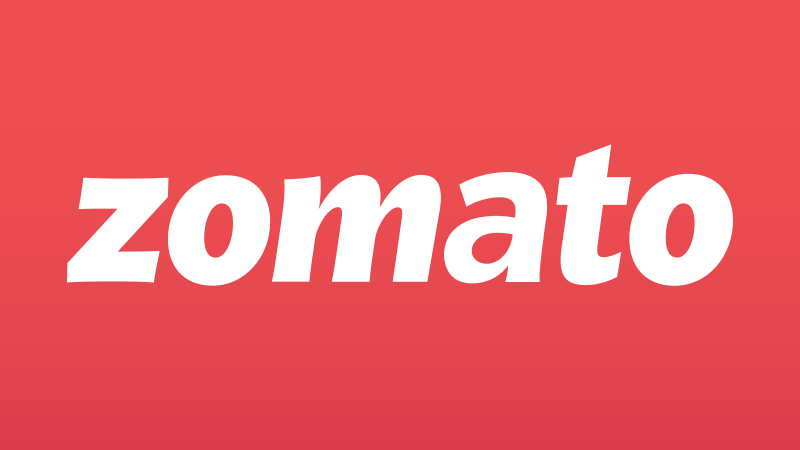
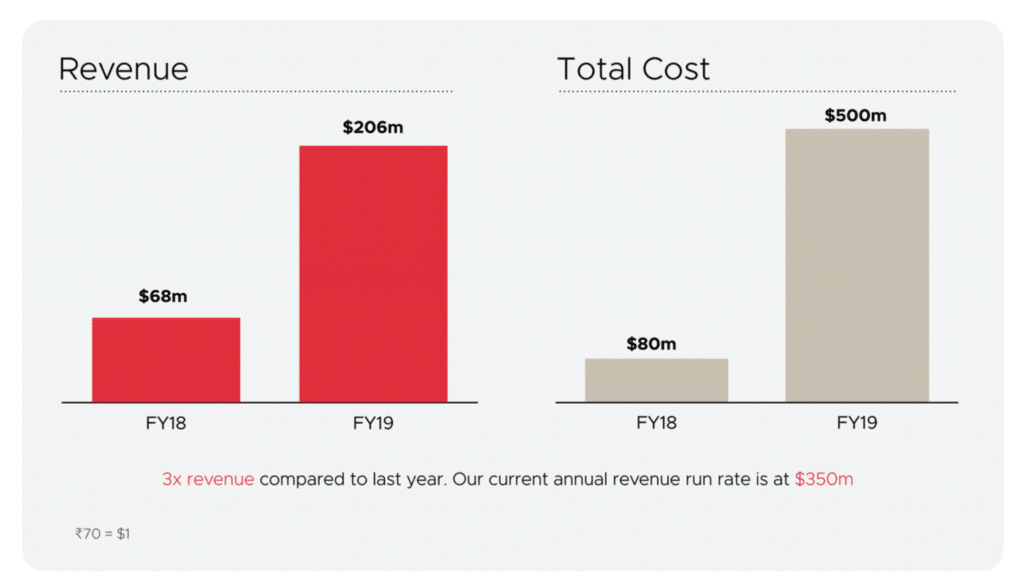

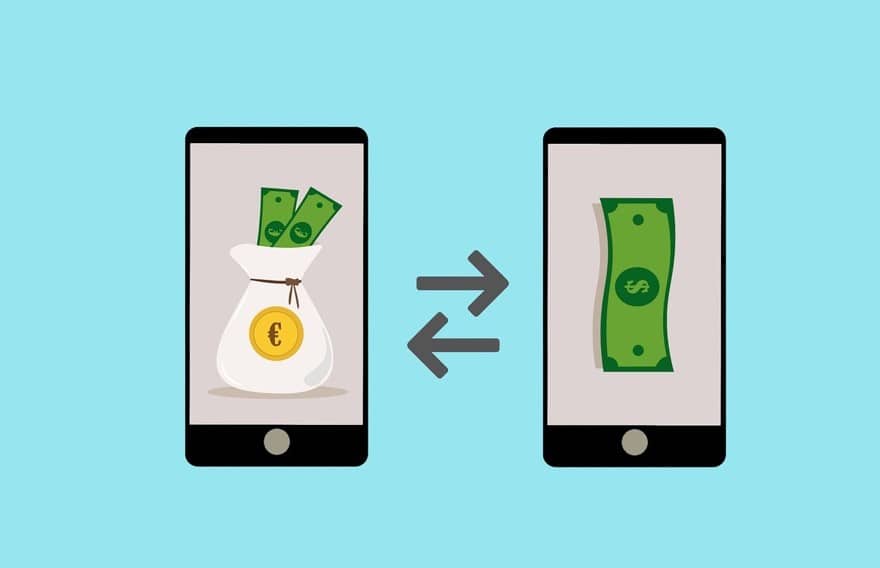


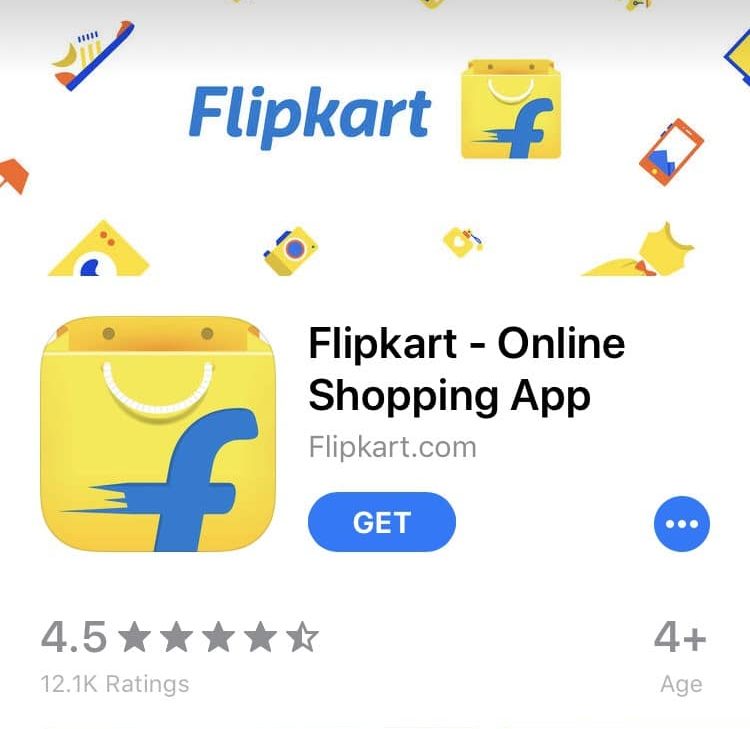


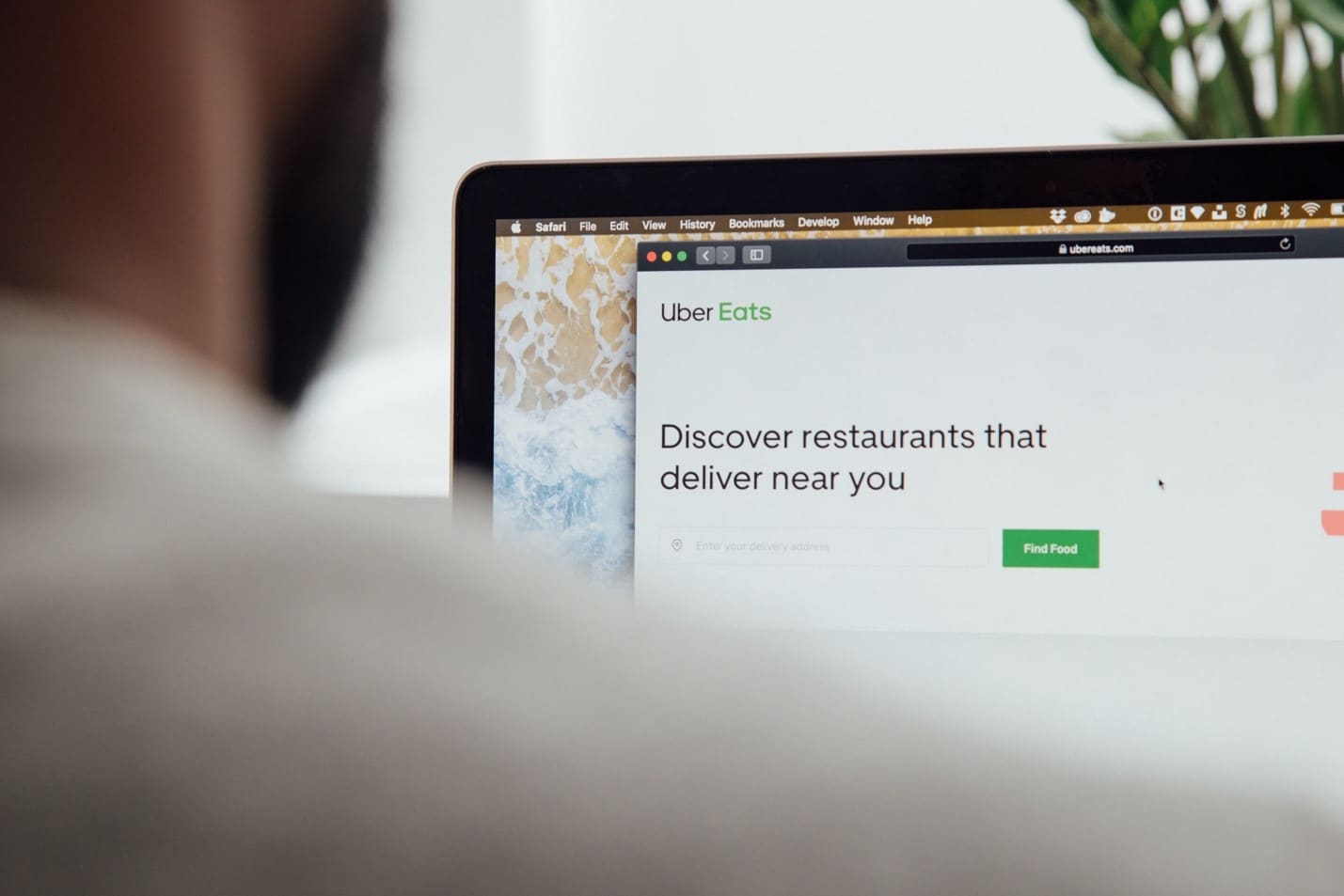


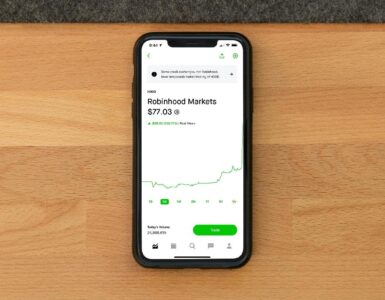
I liked the article very much.